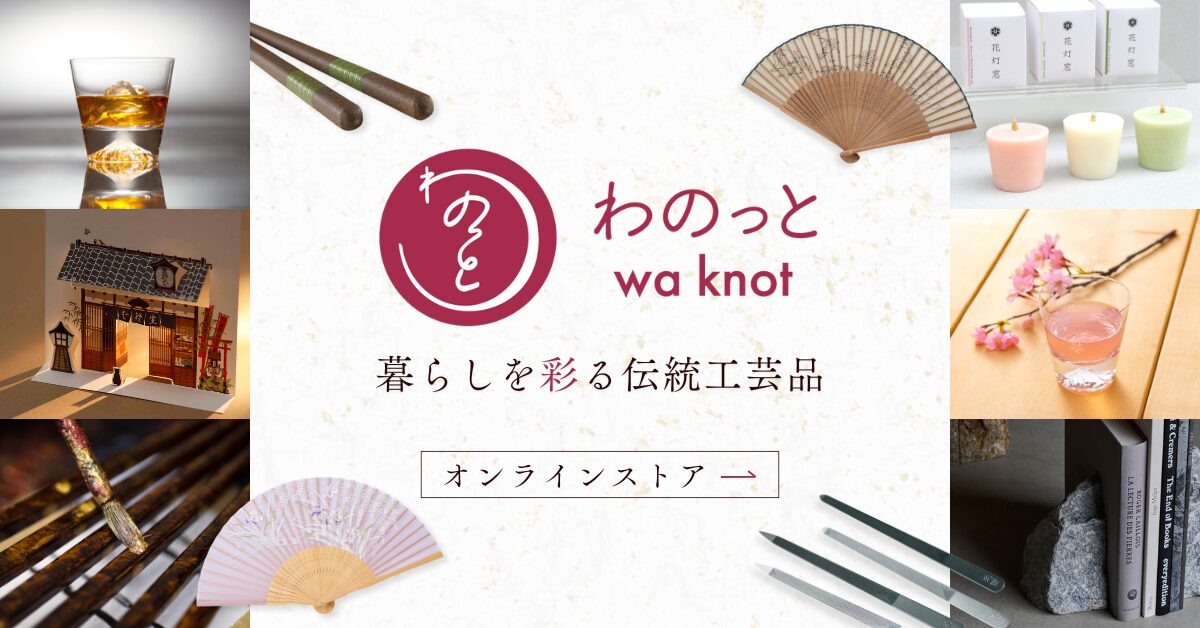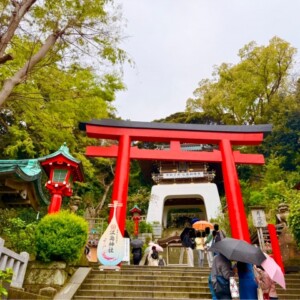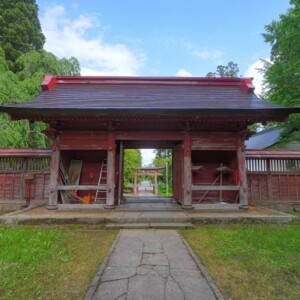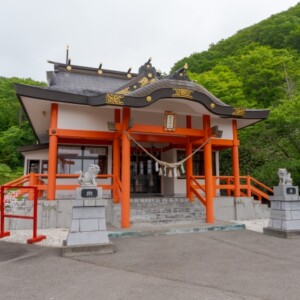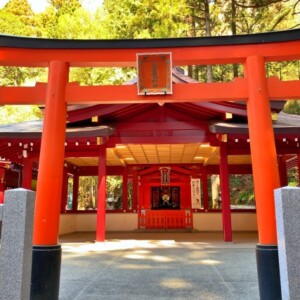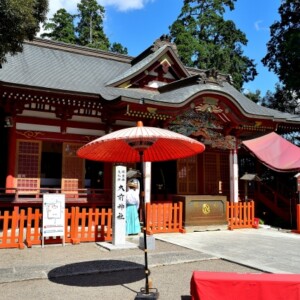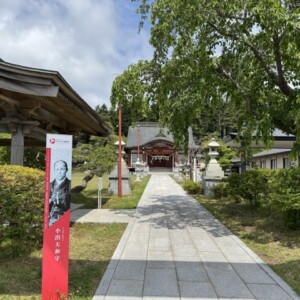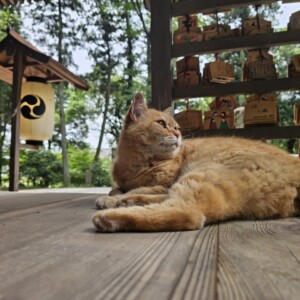
Nogi-jinja Shrine (Nasushiobara City)|Complete guide to the history, highlights, and worship information of this historic shrine
Nogi Shrine, quietly located in Nasushiobara City, Tochigi Prefecture, is a historic shrine dedicated to General Kisuke Nogi and his wife, who are known as heroes of the Meiji era. The shrine, which was built on the site where the general, who was famous for his success in the Russo-Japanese War and his loyalty to Emperor Meiji, actually worked as a farmer, is also well known for its cherry blossoms and attracts many worshippers who wish for academic success.
Outline and basic information about Nogi Shrine
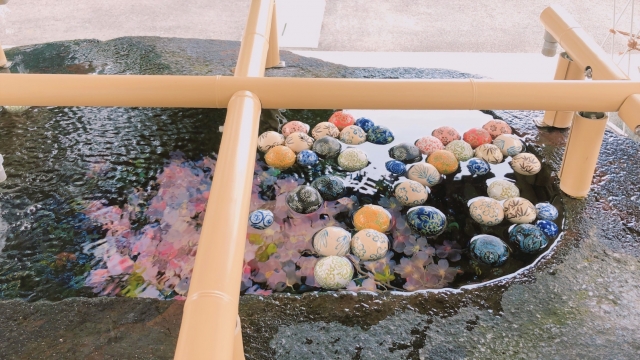
Nogi Shrine was built by the passionate wishes of local residents as a shrine dedicated to General Kigenori Nogi, an army general who lived through the turbulent Meiji and Taisho periods, and his wife, Mrs. Shizuko. The shrine was established on April 13, 1916 (Taisho 5) in Nasuno, where the General actually engaged in agriculture based on his belief that “agriculture is the foundation of the nation” during his lifetime.
History and Origin
The history of Nogi Shrine dates back to September 13, 1912, when General and Mrs. Kisuke Nogi were martyred at the death of Emperor Meiji. Upon receiving this tragic news, the local residents of Ishibayashi, Nasushiobara City, held a memorial service in front of the General’s villa, and after the ceremony, there were calls for the establishment of a shrine dedicated to Kisuke Nogi.
In 1915, permission was granted to establish the shrine, and on April 13, 1916, the following year, construction was completed and the shrine was inaugurated. General Nogi sought farmland here in 1891 and stayed here during several periods of leave (1892, 1898, 1901-1904), cultivating the fields himself and interacting intimately with local residents.
Interestingly, there is a history of what is now Shizunuma, which was General Nogi’s paddy field during his lifetime. The General was also involved in the education of the Showa Emperor as Director of the Gakushuin, and it is evident that his personality and achievements are deeply engraved in the hearts of the local people.
Gods of worship and benefits
Nogi Shrine enshrines Nogimaresukenomikoto and his wife Nogi Shizukonomikoto. General Nogi’s military service in the Russo-Japanese War and his achievements as an educator have made him especially popular as a god of academic success.
The main benefits of the shrine include prayers for academic achievement and success in school, as well as family safety, prosperity in business, prosperity of the company, traffic safety, protection from bad luck, directional protection, victory, easy delivery, and physical health, among others. In recent years, the shrine has been visited by many students who wish for academic success, especially since the Shogun was involved in the education of the Showa Emperor as the head of a study institute.
In addition, the local people, impressed by the way General Nogi preached that “agriculture is the foundation of the nation” and cultivated the fields with a plow in his hands, worshiped him as the “god of earthly virtues,” and he is said to be highly efficacious in prayers for agriculture and land.
Nogi Shrine Highlights
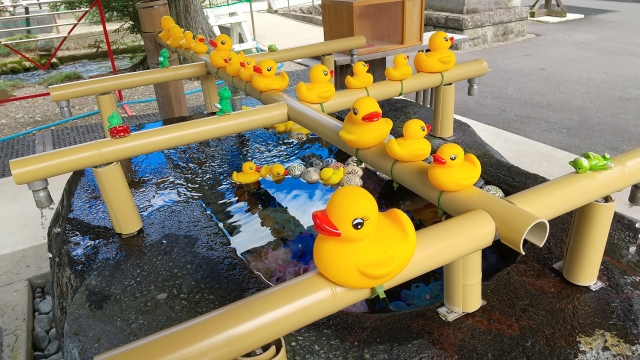
The charm of Nogi Shrine lies in the unique harmony of its historical value, beautiful natural surroundings, and buildings associated with the Shogun. The entire grounds of the shrine are maintained as “Nogi Park,” where visitors can enjoy the changing nature of the four seasons while experiencing its history.
Architectural and Structural Attractions
The main shrine building, facing south at the northern end of the site, is a gabled gable roof with a copper shingle roof, and has a neat appearance with a linear structure. While similar in style to the main hall of Sumiyoshi Taisha Shrine, it has a more modern and free composition, with the Senki-zukuri style of the Shinmei-zukuri.
The hall of worship faces south with the main hall in the rear, and is an open structure with a gabled gable roof with a flat-roofed copper shingle roof. The building has a simple appearance with thick circular columns and long posts, no braid, and details of the Shinmei-zukuri style, such as the Senki and whip-hooks, to create a tranquil view of the shrine.
The glass-enclosed display of Shogun Nogi and his beloved horse is one of the highlights of the shrine, leaving a lasting impression on visitors. In addition, the hand-watering basin is decorated with elaborate seasonal decorations, and especially during the summer season, the beautiful flower hand-watering basin with the cool sound of wind chimes soothes the hearts of visitors.
The Beauty of Nature and Scenery
The approach to the shrine is lined with an 800-meter-long row of someiyoshino cherry trees, which attract many cherry blossom viewers during the cherry blossom season. The rows of cherry trees are one of the main attractions of Nogi Shrine, and in mid-April, when the cherry trees are in bloom, a tunnel of cherry trees is formed, attracting many photographers and cherry blossom viewers.
The Mitarashi River running in front of the shrine grounds is cool and refreshing even in the hot mornings. Next to the river is the Sazare-ishi stone, which is one of the best spots to see at Nogi Shrine. The Sazare-ishi is a sacred rock sung in the national anthem “Kimigayo,” and is made up of small stones that have joined together over the years to form a large rock, symbolizing the perpetuation and development of the country.
The area around Shizunuma offers beautiful scenery throughout the four seasons, especially during the season of fresh greenery and autumn leaves, when the beauty of the trees reflected on the surface of the water soothes the hearts of visitors. The Toadenuma Waterworks (part of today’s Nasu Kosui), which was constructed in the Edo period (1603-1868), flows through the temple grounds, and the historic sound of the water echoes through the tranquil grounds.
Treasure House and Restored Villa
The Treasure House, which exhibits the relics of General Kisuke Nogi in Nasuno, displays simple but elegant furnishings that bring back to life life life in the Meiji era. The museum displays the daily necessities of the couple, articles donated by relatives since 1975, items donated by various reverends, and items from the shrine’s collection.
Of particular note are the Shogun’s last will and testament, swords, and other valuable items, which provide a glimpse into the spirit of bushido and the Shogun’s personality at the time. In addition, farming tools actually used by the Shogun are displayed in the barn of the villa, providing visitors with a tangible picture of the Shogun’s practice of his belief that “agriculture is the foundation of the nation.
The Nogi villa was destroyed by a suspicious fire on October 28, 1990, but was restored in 1993. The villa is a one-story wooden building in the farmhouse style designed by General Nogi himself in 1892, and is designated as a Historic Site by Tochigi Prefecture. In the restored villa, visitors can see the actual living space where the Shogun spent his time, and get a sense of his simple yet dignified lifestyle.
Visitor Information
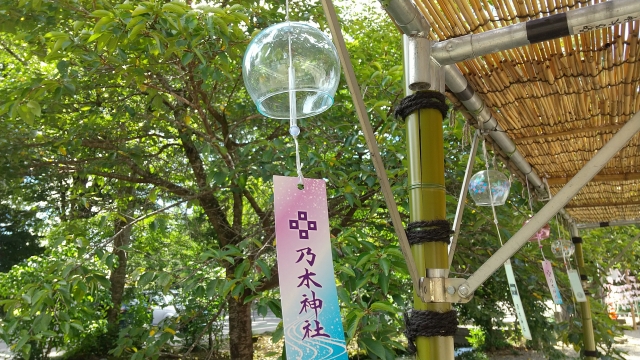
It is important to visit Nogi Shrine with respect and gratitude for the great men of the Meiji era. Various events are held at the shrine throughout the year, and especially during the annual festivals and other annual events, many visitors remember the legacy of the Shogun.
Worship Etiquette and Manners
The manner of worship at Nogi Shrine is the same as at most Shinto shrines. First, bow as you pass through the torii gate and avoid the center of the path. After purifying your hands and mouth at the hand- and mouth-watering booths, you will enter the shrine in front of the hall of worship in the manner of “ni-ai niha, niha te, ippai.
At Nogi Shrine in particular, the spirit of “sincerity” of the Shogun is highly valued, and sincere, wholehearted worship is encouraged. Since the precincts of the shrine maintain a quiet atmosphere, please refrain from loud conversations and be considerate of other worshippers.
When visiting the Treasure House, please avoid touching the exhibits directly and follow the museum rules regarding photography. Please check with the shrine for details on visiting the villa, as prior inquiry may be required.
Annual and Seasonal Events
The Nogi Shrine holds an annual festival on September 13, an important event to remember the legacy of the Shogun and his wife. On this day, many worshippers visit the shrine and the ceremony is held in a solemn atmosphere.
On December 31, a purification ceremony is held in the afternoon, and the New Year’s Day ceremony is held on January 1. During the New Year’s three days, the shrine is very crowded, especially with local residents, and free amazake (sweet sake) is offered to visitors. Traffic regulations will be enforced during this period, so public transportation is recommended.
During the cherry blossom season in spring, the shrine is popular for visitors to enjoy the beautiful rows of cherry trees and is crowded with many cherry blossom watchers. In summer, wind chimes are decorated on the temple grounds, and summer pilgrimages are held with their cool tones. The hand-watering basin is also beautifully decorated according to the season, and the flower hand-watering basin is especially popular as a photo spot.
Red Seal and Good Luck Charm Information
Nogi Shrine offers red seals, which can be obtained at the shrine office on the far left side of the shrine grounds. There are several types of red seals, and special red seals may be awarded according to the season and events. Please check with the shrine before visiting for information on hours when red seals are available.
A variety of good luck charms are also available, especially those for academic success, which are very popular due to the Shogun’s achievements as an educator. There are also amulets for various wishes, such as traffic safety, family safety, and business prosperity.
Please inquire at the shrine office during your visit for detailed information on the types of amulets and red seals and their fees. The priests are friendly and helpful, making first-time visitors feel at ease.
Access/Use Information
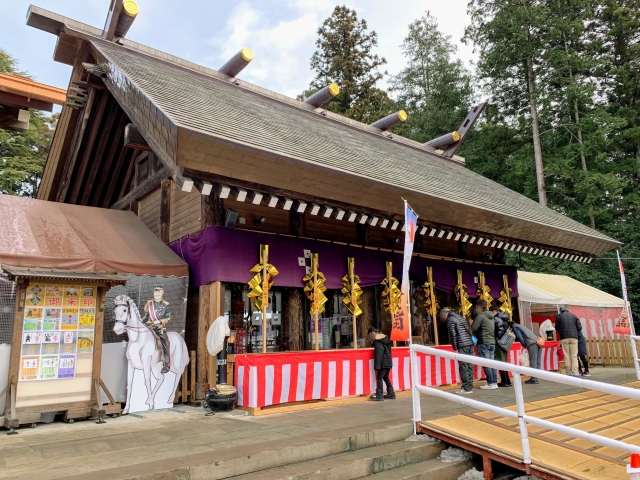
Nogi Shrine can be accessed by both public transportation and private cars, but public transportation is recommended during busy periods such as cherry blossom season and New Year’s. Since there are other tourist attractions in the vicinity, many visitors include the shrine in their sightseeing courses.
Transportation Access
JR Nishinasuno Station is the nearest station for access by train. From JR Nasushiobara Station, it is about a 15-minute drive.
Access by private car is approximately 20 minutes from the Nishinasuno Shiobara Interchange on the Tohoku Expressway. When using a car navigation system, search for “795 Ishibayashi, Nasushiobara, Tochigi Prefecture.
Nearby is Michi no Eki Nishinasuno, which can be used as a base for sightseeing. Also, Senbonmatsu Farm, Kuroiso Park, and Karasugamori Park are within a short distance, making it possible to go sightseeing together.
Hours of Admission, Fees, and Parking Information
There are no special visiting hours for Nogi Shrine, but admission to the Treasure House is from 9:00 am to 4:00 pm (last admission at 3:45 pm). Admission to the Treasure House is 100 yen for adults and free for students.
Parking is free, and there is a large lot with space for approximately 500 cars. However, it is recommended to visit with plenty of time to spare, as the parking lot may be full during busy periods such as cherry blossom season and the three days of the New Year.
The shrine is generally not closed on holidays, but the Treasure House may be closed during stormy weather. In addition, please contact the shrine in advance to inquire about visiting the Nogi Villa.
Wi-Fi is available, and visitors can usually expect to spend 30 minutes to an hour on the grounds. For more information and the latest opening status, please contact the shrine directly or check the official website.
<Address> 795 Ishibayashi, Nasushiobara-shi, Tochigi 329-2711
Reference site
Nasushiobara City official website: Nogi Shrine and rows of cherry trees: https://www.city.nasushiobara.tochigi.jp/soshikikarasagasu/nomuchikusanka/1/sateraito/13100.html
Tochigi Prefectural Shinto Shrine Office: http://www.tochigi-jinjacho.or.jp/?p=714
Tochigi Tabinet, Nogi Shrine Treasure House: https://www.tochigiji.or.jp/spot/s2497


